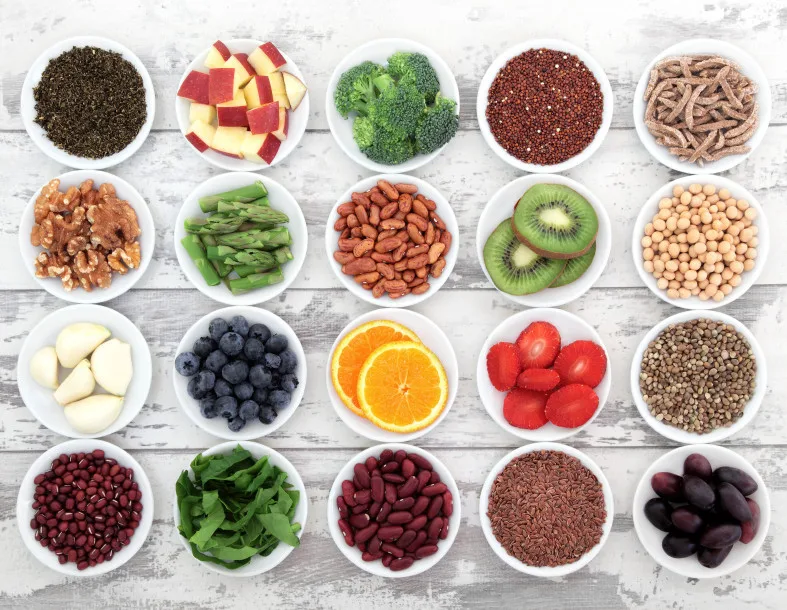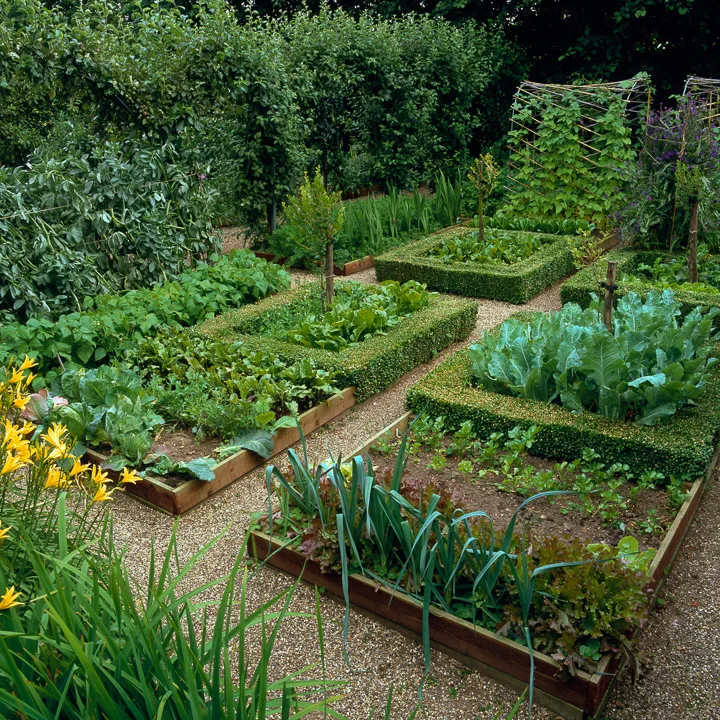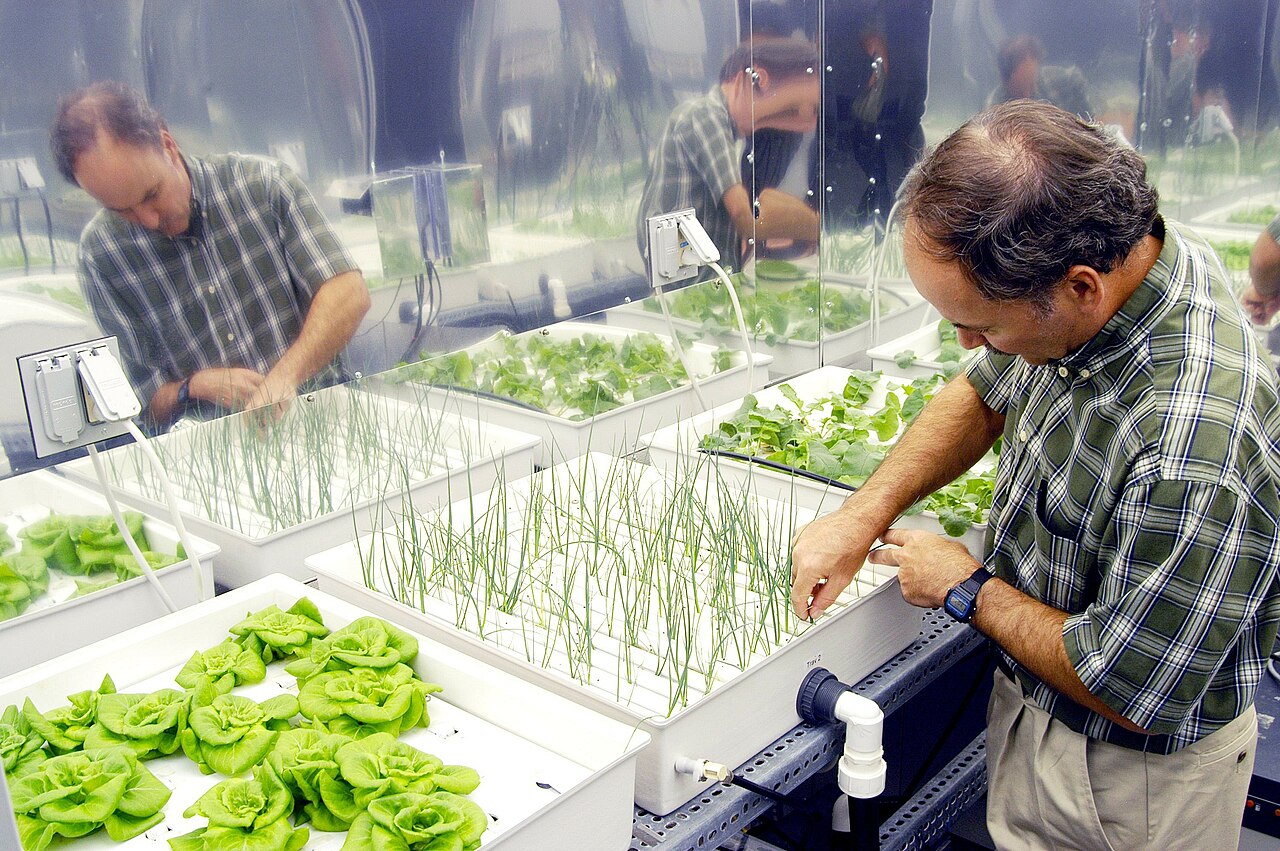Cultivation of vegetables around or near house for personal consumption is commonly referred to as Kitchen Gardening. As the population continues to grow and the demand for vegetables rises, farmers have embraced innovative methods to boost yield per unit area. These methods often entail the application of chemical fertilizers and pesticides. While such techniques have led to increased vegetable production on farms, they have also compromised the quality of the produce. Additionally, the irrigation of vegetables with sewage water in peri-urban areas has raised significant health concerns among consumers. Therefore, the primary aim of kitchen gardening is to cultivate organic vegetables devoid of pesticides and chemicals, ensuring safe and healthy options for domestic consumption.
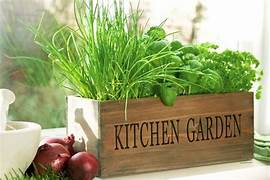
Principles of Planning a Kitchen Garden
For successful cultivation of vegetables at household Level, the following principles required to be followed:
1. Location, Location, Location
The first step in planning your kitchen garden is selecting the right location. Choose a spot that receives ample sunlight, preferably six to eight hours a day, and has good drainage. Kitchen Garden planning involves ensuring that the location is easily accessible from your kitchen to encourage regular harvesting.
2. Soil Quality Matters
Healthy soil is the foundation of a thriving kitchen garden. Conduct a soil test to determine its pH level and nutrient content. Amend the soil as needed with organic matter such as compost, manure, or peat moss to improve its structure and fertility. Regularly enrich the soil with organic fertilizers to ensure optimum growth of vegetables in your Kitchen Garden.
3. Companion Planting
Embrace the concept of companion planting to maximize space and promote natural pest control. Certain plants complement each other when grown together, enhancing growth and deterring pests. For example, planting basil alongside tomatoes can improve tomato flavor and repel pests like aphids and hornworms.
4. Crop Rotation
Implement a crop rotation plan to prevent nutrient depletion and minimize disease buildup in your kitchen garden. Rotate crops within different plant families to maintain soil health and balance. For instance, follow a legume crop with a leafy green crop and then a root vegetable crop.
5. Watering and Irrigation
Efficient watering is crucial for the success of your kitchen garden. Install a drip irrigation system or soaker hoses to deliver water directly to the roots while minimizing water waste. Water your plants in the early morning or late afternoon to reduce evaporation and prevent fungal diseases.
6. Vertical Gardening
Vertical Gardening has emerged as a popular technique to maximize space in small urban settings. Utilize trellises, stakes, and hanging baskets to grow vining vegetables such as cucumbers, peas, and beans vertically. This not only saves space but also adds visual interest to your kitchen garden.
7. Acquisition of Direct Sunlight
Direct sunlight is vital for a kitchen garden as it fuels photosynthesis, the process through which plants convert sunlight into energy for growth. Adequate sunlight exposure, ideally six to eight hours per day, ensures healthy plant development, robust yields, and flavorful produce in your kitchen garden.
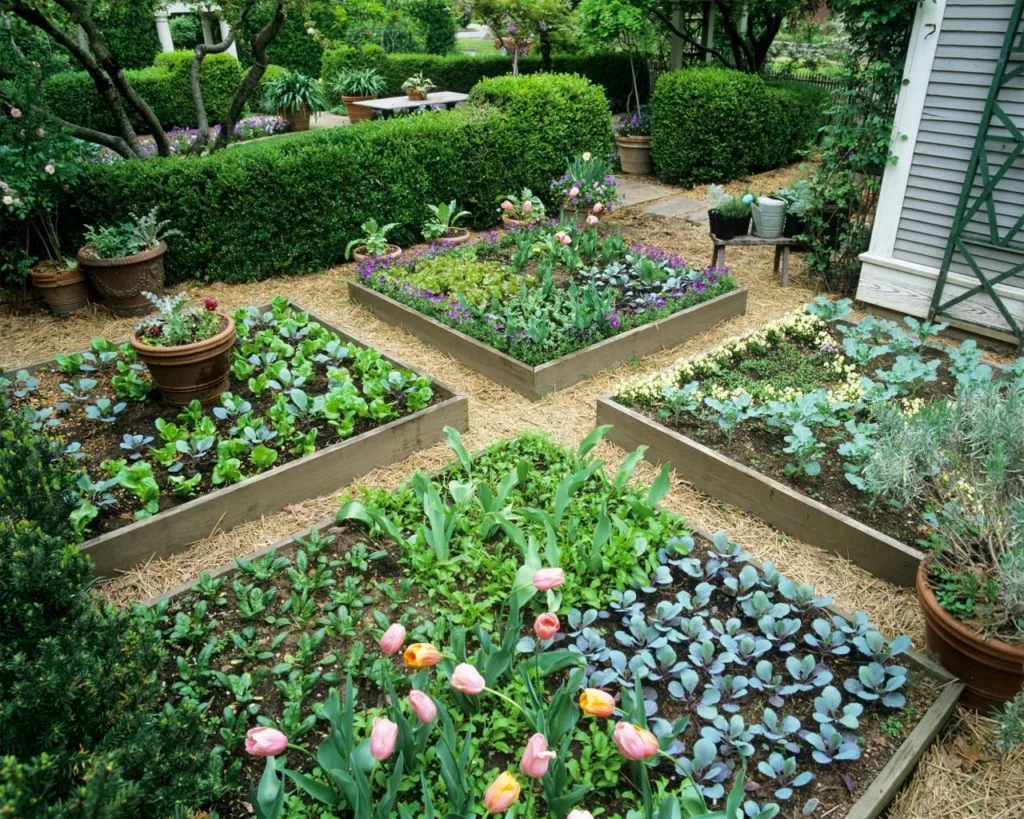
Tips for Growing Vegetables at Home
- Start with Easy-to-Grow Vegetables: For beginners, it’s advisable to start with easy-to-grow vegetables such as tomatoes, lettuce, spinach, and radishes. These crops are relatively low-maintenance and provide quick gratification, boosting confidence and motivation in your kitchen garden endeavors.
- Stay Consistent with Maintenance: Consistency is key when it comes to maintaining a successful kitchen garden. Make it a habit to check your plants regularly for signs of pests, diseases, or nutrient deficiencies. Weed regularly to prevent competition for nutrients and water.
- Harvest at the Right Time: Harvesting your vegetables at the peak of ripeness ensures the best flavor and nutritional content. Refer to seed packets or gardening guides to learn the optimal harvesting time for each vegetable in your kitchen garden. Avoid letting vegetables overripen on the vine, as this can attract pests and reduce overall yield.
- Implement Organic Pest Control Methods: In 2024, there’s a growing emphasis on organic and sustainable gardening practices. Instead of resorting to chemical pesticides, explore natural pest control methods such as companion planting, introducing beneficial insects like ladybugs and praying mantises, and using organic insecticidal soaps or neem oil.
- Stay Educated and Experiment: Gardening is a continuous learning process, and there’s always something new to discover. Stay informed about the latest gardening techniques, varieties, and pest control methods through books, online resources, and local gardening clubs. Don’t be afraid to experiment with different planting techniques or vegetable varieties in your kitchen garden.
Use salad bowl indoors for kitchen garden all year around
Growing the contents of a salad bowl indoors for a year-round kitchen garden requires careful planning and attention to detail. Start by selecting a sunny location for your indoor garden, preferably near a south-facing window where plants can receive ample sunlight. If natural light is insufficient, consider supplementing with grow lights to provide the necessary light spectrum for plant growth.
Next, choose compact and fast-growing varieties of salad greens and herbs that thrive in indoor conditions. Lettuce, spinach, arugula, and microgreens are excellent choices for greens, while basil, parsley, chives, and cilantro make flavorful additions. Plant these in shallow containers with well-draining soil, ensuring adequate spacing between plants. Keep the soil consistently moist and fertilize regularly with a balanced liquid fertilizer. Harvest leaves as needed, taking care not to overharvest to allow for continuous growth. With proper care and attention, your indoor kitchen garden can supply you with fresh and nutritious salad ingredients year-round.
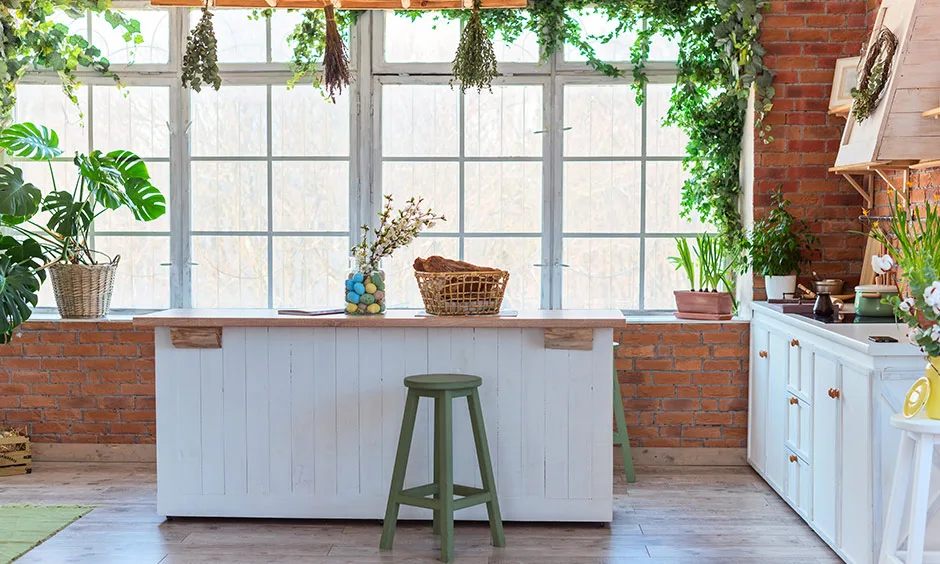
Measures for achievement of better production from kitchen gardening
- Weed Control: Keep your kitchen garden free of weeds that compete with plants for nutrients, water, and sunlight. Regularly weed by hand or utilize mulches to suppress weed growth while retaining soil moisture.
- Pest and Disease Management: Monitor your plants regularly for signs of pests and diseases, taking preventive measures such as introducing beneficial insects, practicing good sanitation, and using organic pest control methods when necessary.
- Pruning and Thinning: Prune plants to promote air circulation and reduce the risk of fungal diseases. Thin overcrowded seedlings to allow adequate spacing for optimal growth and development.
- Harvesting and Post-Harvest Care: Harvest vegetables and herbs at their peak ripeness to encourage continuous production. Handle harvested produce gently to minimize damage and store appropriately to prolong freshness.
- Continuous Learning and Adaptation: Stay informed about best gardening practices, attend workshops or seminars, and learn from your own experiences. Adapt your gardening techniques based on observations and feedback to continually improve productivity.
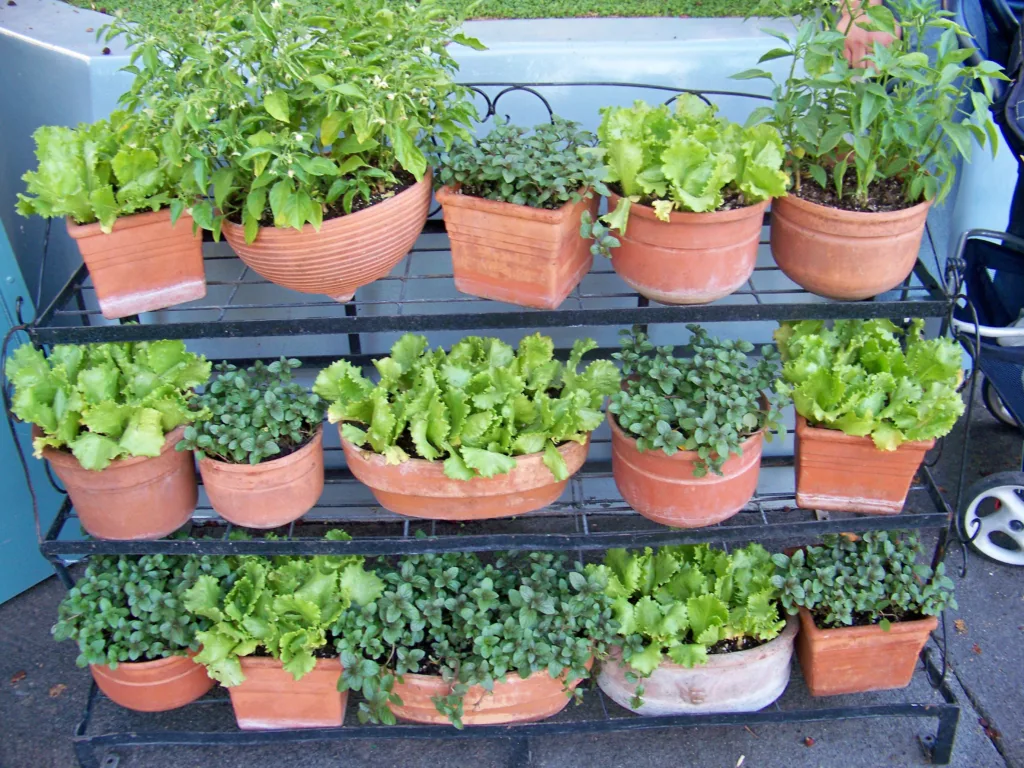
In conclusion, planning and maintaining a kitchen garden in 2024 requires adherence to certain principles and best practices. By selecting the right location, improving soil quality, practicing companion planting, and embracing sustainable gardening methods, you can create a productive and bountiful kitchen garden right at your doorstep. With proper care and attention, your kitchen garden will not only provide you with a constant supply of fresh and nutritious vegetables but also serve as a source of joy and satisfaction as you witness the fruits of your labor flourish.




